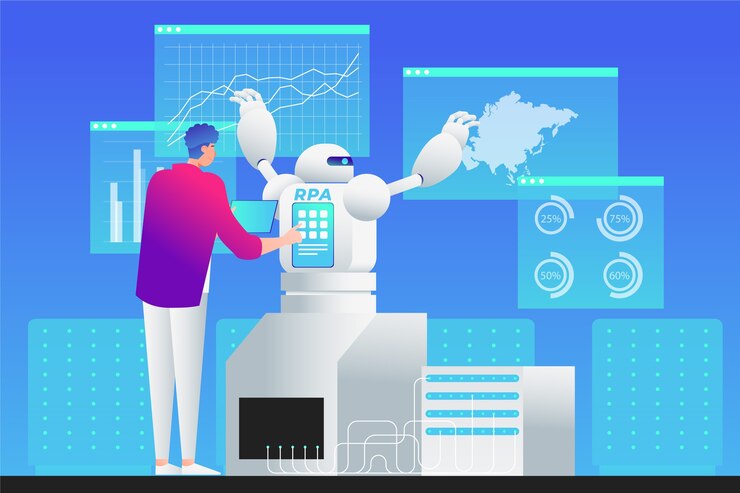Definition of Guerrilla Marketing
Guerrilla marketing is a creative, low-cost marketing strategy that aims to promote products or services in unconventional ways, often in public spaces. The term was coined by Jay Conrad Levinson in his 1984 book, “Guerrilla Marketing.” The primary goal of guerrilla marketing is to generate so buzz and attract attention, typically with limited budgets. It relies on surprise, creativity, and high-impact tactics to engage the audience and leave a lasting impression.
Types of Guerrilla Marketing
Guerrilla marketing can take many forms, each with its unique approach and execution. Here are some common types:
1. Ambient Marketing
Ambient marketing involves placing ads or promotional content in unusual or unexpected locations where people are likely to see them. This type of marketing aims to blend into the environment while still catching the audience’s attention.
Example: McDonald’s transformed a pedestrian crossing into a giant French fry advertisement, making the crosswalk and lines look like fries coming out of a McDonald’s box.
2. Experiential Marketing
Experiential marketing focuses on creating memorable experiences for the audience, encouraging them to interact with the brand in a meaningful way. This type of marketing often involves live events, stunts, or installations.
Example: Coca-Cola’s “Happiness Machine” campaign placed vending machines in public spaces that dispensed not only drinks but also surprise gifts, flowers, and pizza, creating joyful interactions and viral content.
3. Street Marketing
Street marketing involves promoting a product or service directly on the streets, using tactics such as flash mobs, street performances, and graffiti. This approach aims to capture the attention of passersby and generate buzz.
Example: The TV show “The Walking Dead” promoted its new season by staging a zombie invasion in New York City, with actors dressed as zombies roaming the streets and interacting with the public.
4. Viral/Buzz Marketing
Viral marketing aims to create content that is so engaging and shareable that it spreads rapidly across social media and other platforms. This type of marketing relies on the audience to amplify the message but by sharing it with their networks.
Example: The ALS Ice Bucket Challenge encouraged people to dump a bucket of ice water over their heads and nominate others to do the same, all while raising awareness and funds for ALS research. The challenge went viral, with millions of people participating and sharing their videos online.
5. Grassroots Marketing
Grassroots marketing focuses on building relationships with individual customers or small groups to generate word-of-mouth promotion. This approach often involves community events, local sponsorships, and personal interactions.
Example: A local coffee shop might sponsor a neighborhood clean-up event, providing free coffee to volunteers and creating because goodwill within the community, which can lead to positive word-of-mouth and increased patronage.
Examples of Guerrilla Marketing
1. Nike: Chalkbot
During the Tour de France, Nike launched the “Chalkbot” campaign, where a robotic chalk printer sprayed messages of hope and encouragement on the roadways of the race. Participants could submit their messages online, which were then printed in real-time during the race. This campaign effectively combined technology, sports, and user-generated content to create a powerful and memorable marketing stunt.
2. IKEA: Guerrilla Apartment
IKEA set up fully furnished, livable apartments inside a Paris subway station to showcase their products and demonstrate how small spaces can be efficiently utilized. Commuters could walk through and interact with the furniture, creating a unique and immersive brand experience.
3. The Blair Witch Project
One of the earliest and most successful examples of viral guerrilla marketing was the promotion of “The Blair Witch Project” movie. The filmmakers created a website featuring fake police reports and newsreel-style interviews, presenting the film as a real documentary. This generated significant buzz and curiosity, leading to the film’s massive success at the box office.
4. KitKat: Bench Advertisement
KitKat creatively turned public but benches into giant KitKat bars by wrapping them with their signature packaging design. This simple yet effective tactic transformed everyday objects into eye-catching advertisements, reinforcing their brand message of “Have a break, have a KitKat.”





